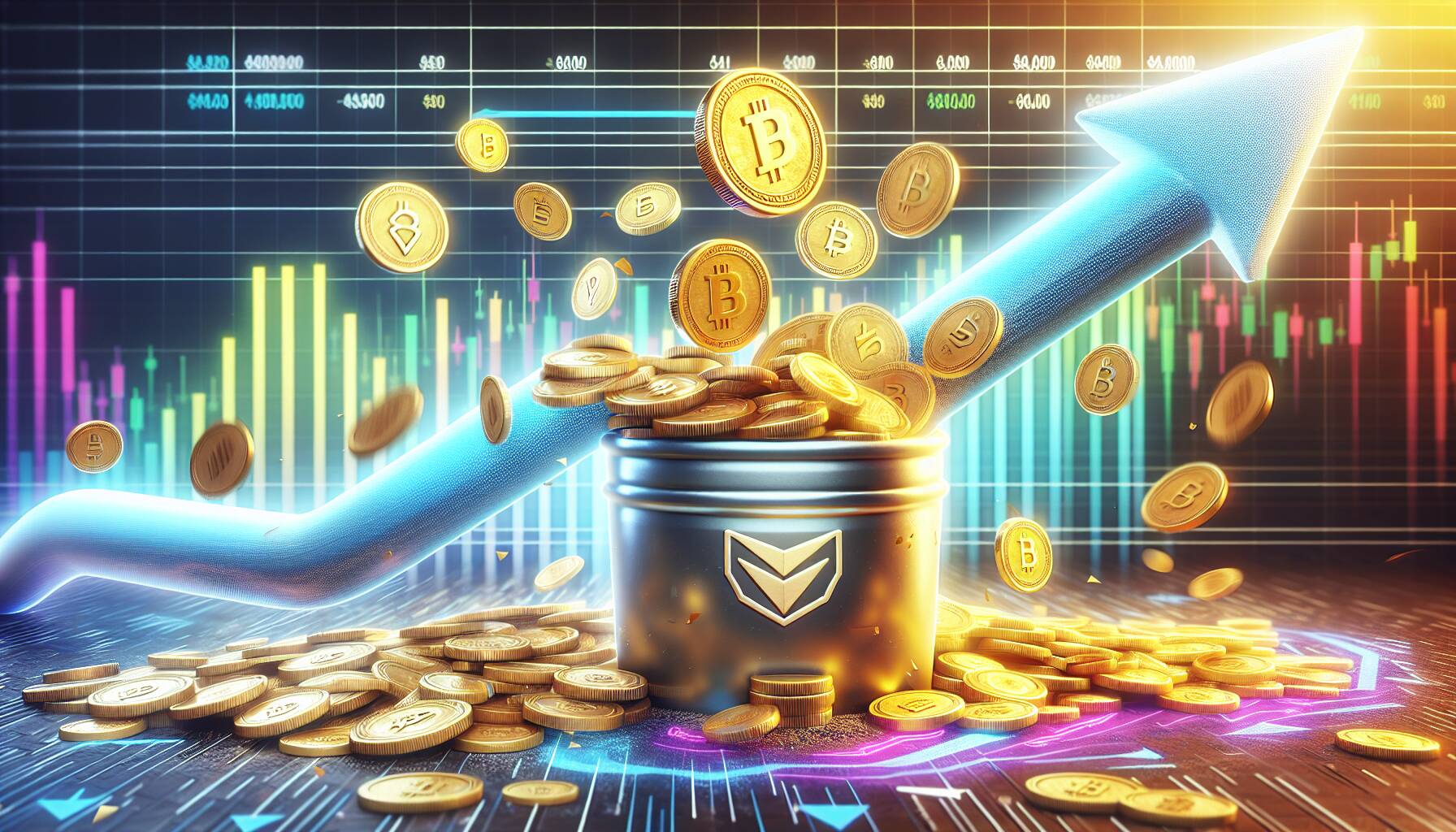The cryptocurrency landscape is buzzing as Solana (SOL), known for its lightning-quick and cost-efficient transactions, experiences a surge in activity driven by the recent introduction of a new memecoin linked to Donald Trump. This uptick is evidenced by a record-high stablecoin supply on the Solana network, which has hit an impressive .5 billion, marking a doubling since the year’s start, according to data from Artemis.
Leading this growth is Circle’s USDC, now surpassing billion in circulation on Solana, thanks to a remarkable addition of over billion just this month. Tether’s USDT has also seen substantial growth, increasing to billion from 7 million. Stablecoins play a crucial role in the cryptocurrency ecosystem, acting as essential sources of liquidity for trading activities.
Solana has become an increasingly popular hub for diverse trading activities, particularly with the rise of memecoins and crypto AI projects. The network’s infrastructure has been seamlessly integrated with various protocols, fostering a vibrant trading environment. The recent launch of the TRUMP coin on January 17 added significant momentum to this trend, with the token quickly gathering enormous trading volume on decentralized exchanges (DEX), particularly on Meteora before transitioning to major centralized exchanges like Binance and Coinbase.
The buzz surrounding the TRUMP coin has led traders to acquire USDC for transactions, effectively boosting USDC inflows into the network. Alongside the dramatic increase in stablecoin liquidity, Solana’s decentralized exchanges have also seen unprecedented activity, with daily trading volumes surpassing billion. This accounts for an impressive 74% of overall DEX trading volume across all blockchains, as highlighted in a recent report by Coinbase Institutional Research.
“Staggering numbers,” commented Sean Farrell, head of digital asset research at Fundstrat, reflecting on the extraordinary growth.
In the wake of this trading frenzy, Solana’s native token (SOL) has seen the most significant gains this week, up by 20%, significantly outpacing Bitcoin’s modest 2% rise. While USDC and USDT remain dominant, new entrants into the stablecoin market are also capitalizing on Solana’s ecosystem. Recently, Hong Kong-based First Digital introduced support for its .8 billion fiat-backed FDUSD stablecoin on Solana, and the DeFi lending platform formerly known as MakerDAO has introduced its yield-generating USDS stablecoin.

Solana’s Surge: The Impact of Memecoins and Stablecoins
The recent developments within the Solana ecosystem highlight significant trends and implications for crypto traders and investors. Here are the key points to consider:
- Stablecoin Supply Increase:
- Total stablecoin supply on Solana has reached .5 billion, doubling since January.
- Circle’s USDC has increased past billion, while Tether’s USDT has grown to billion.
- Memecoin Influence:
- The launch of the TRUMP coin on January 17 drove a surge in transaction activity and liquidity.
- This memecoin has generated significant trading volume on decentralized exchanges (DEX), particularly Meteora.
- DEX Trading Volume Spike:
- Solana’s DEX trading volume soared to record highs of over billion daily, accounting for 74% of total DEX trading across all blockchains.
- Price Performance of SOL:
- The SOL token observed a 20% increase, significantly outpacing bitcoin’s 2% gain.
- Emerging Stablecoin Issuers:
- New participants like First Digital and Sky are expanding stablecoin offerings on Solana, enhancing the ecosystem’s liquidity options.
“Staggering numbers,” Sean Farrell from Fundstrat commented on the crypto activity surge, pointing to the importance of these developments for traders.
The above points signify a rapidly evolving landscape within the crypto market, where the growth in stablecoins tied to high-profile events, such as political occurrences and announcements, can dramatically influence trading dynamics and liquidity. This environment poses opportunities and risks for traders and investors, underlining the importance of staying updated and responsive to market trends.
The Surge of Stablecoins on Solana: Analyzing the Landscape
The recent uptick in stablecoin supply on the Solana blockchain has stirred significant interest, particularly following the launch of Donald Trump’s memecoin, TRUMP coin. This phenomenon has not only established Solana as a leading contender in the decentralized finance (DeFi) space, but it has also overshadowed other blockchains vying for similar market share. With stablecoin liquidity skyrocketing to a staggering .5 billion, Solana has positioned itself as a robust foundation for trading and launching new tokens, especially in the rapidly evolving sectors of memecoins and crypto AI.
Comparatively, while Ethereum continues to hold the title for a more established ecosystem, its gas fees and average transaction speeds often deter high-volume traders. With Solana boasting lower transaction costs and significantly higher throughput, it serves as an appealing alternative for traders looking for efficiency. The influx of USDC and USDT, which now command dominant positions on Solana, has further fueled this growth, setting Solana apart from ecosystems like Binance Smart Chain, which, although popular, faces challenges regarding scalability and congestion during peak trading times.
However, this meteoric rise is not without its challenges. The launch of TRUMP coin has drawn substantial attention but also criticism surrounding the volatility and speculative nature of meme-driven investments. As much as this could attract high-risk, high-reward traders, it may alienate a segment of cautious investors who prioritize stability and foundational assets. Still, for those looking to capitalize on the digital gold rush, this environment creates rich opportunities, especially for traders who thrive on momentum-driven strategies.
Moreover, the growth of stablecoin volumes is a double-edged sword. For newcomers exploring the DeFi landscape, the vibrant liquidity on Solana is a blessing. Yet, the competition from rising stablecoin issuers like FDUSD from First Digital could potentially create confusion or fragmentation within the market. As digital asset enthusiasts begin to familiarize themselves with multiple stablecoins across different platforms, they may struggle with the nuances of each currency’s backing and usability, leading to possible liquidity challenges in the future.
With the numbers speaking volumes and the trading activity reflecting a bustling market, the increased adoption of Solana’s ecosystem could benefit traders looking to engage with high liquidity platforms. However, this explosive momentum could create conflicts for traditional tokens and established networks, which may find it increasingly difficult to retain their user base amid Solana’s rapid ascent. In the competitive landscape of cryptocurrencies, understanding these dynamics will be crucial for participants aiming to navigate the evolving tides of digital finance.

















